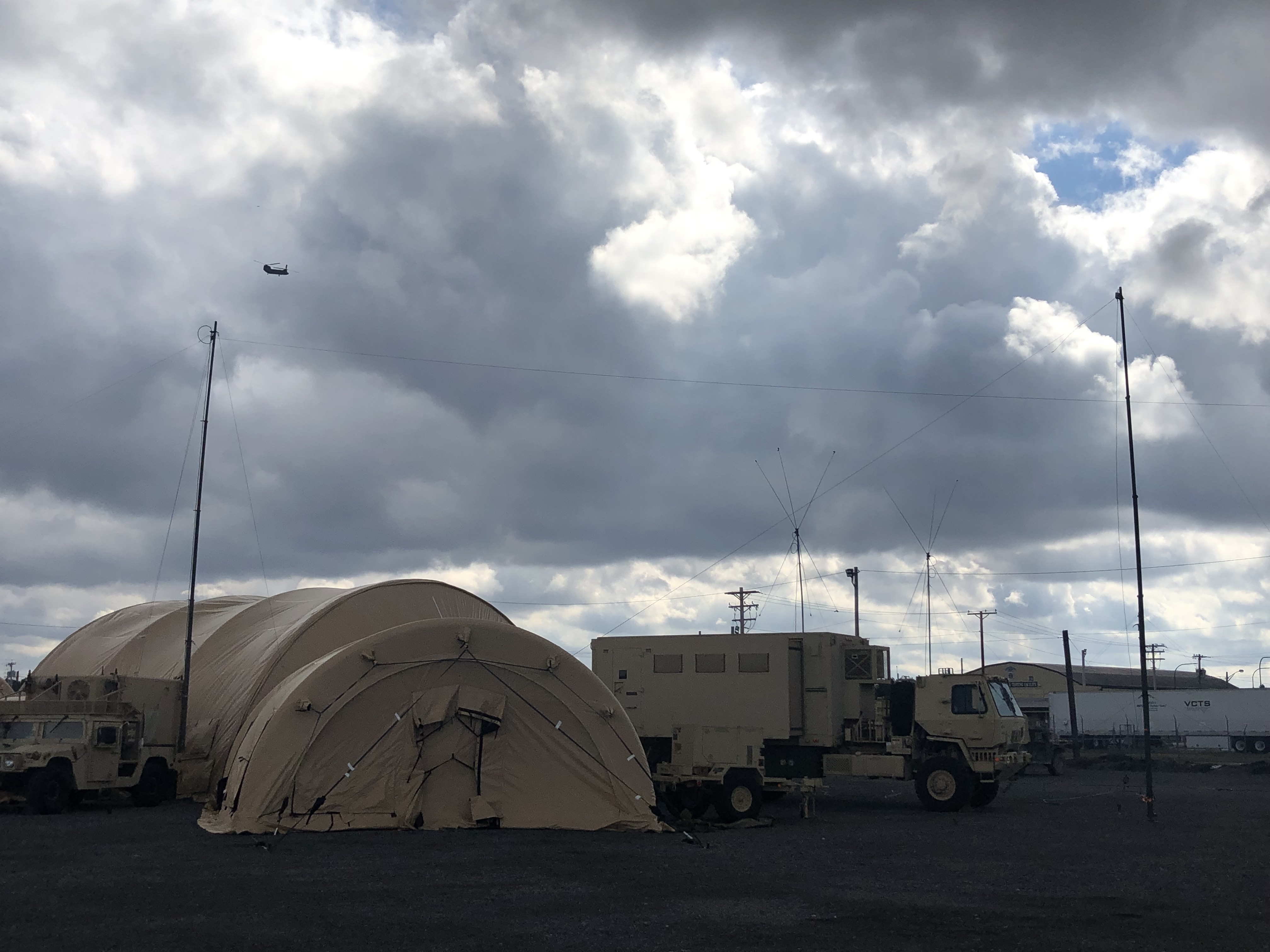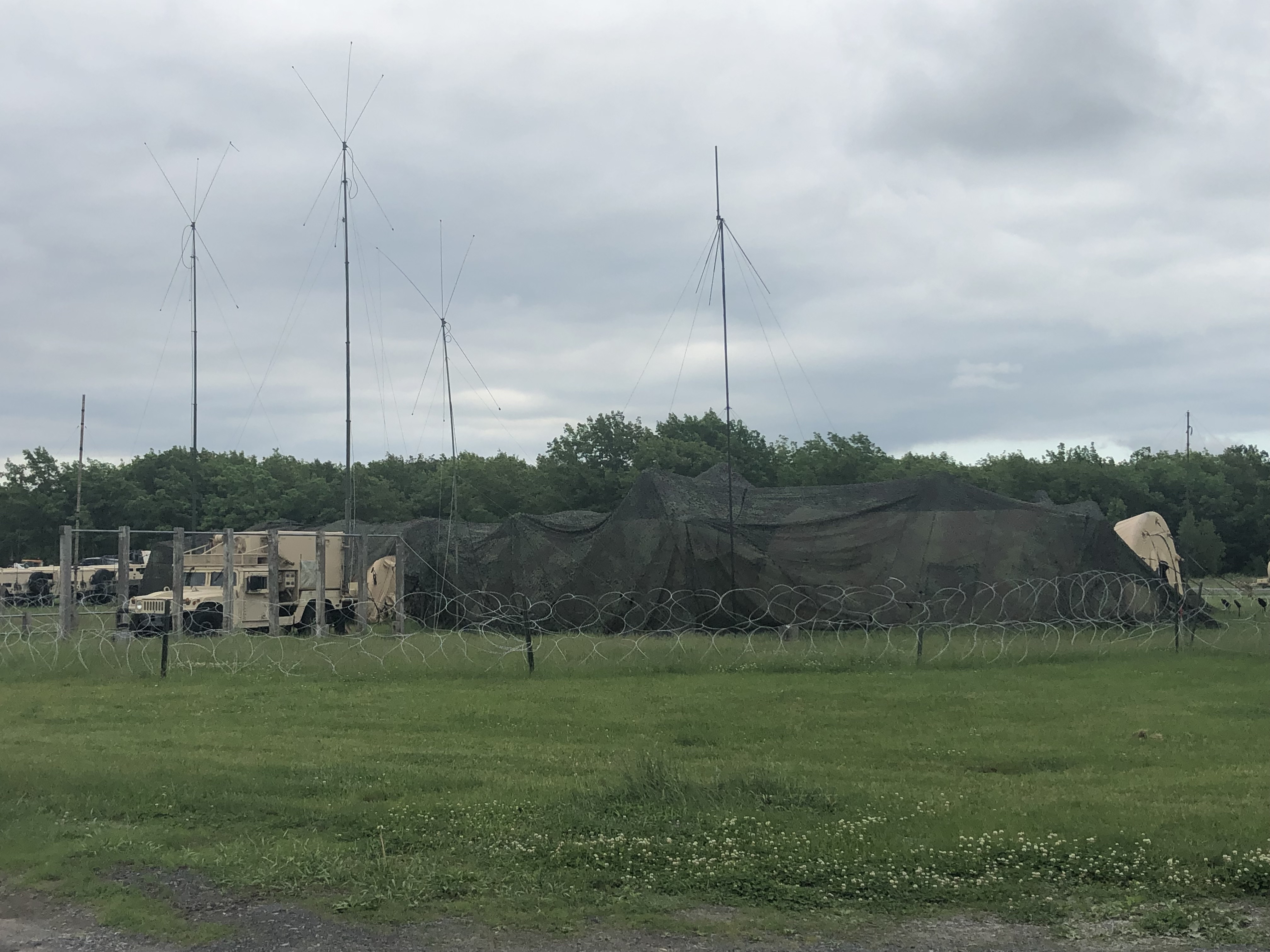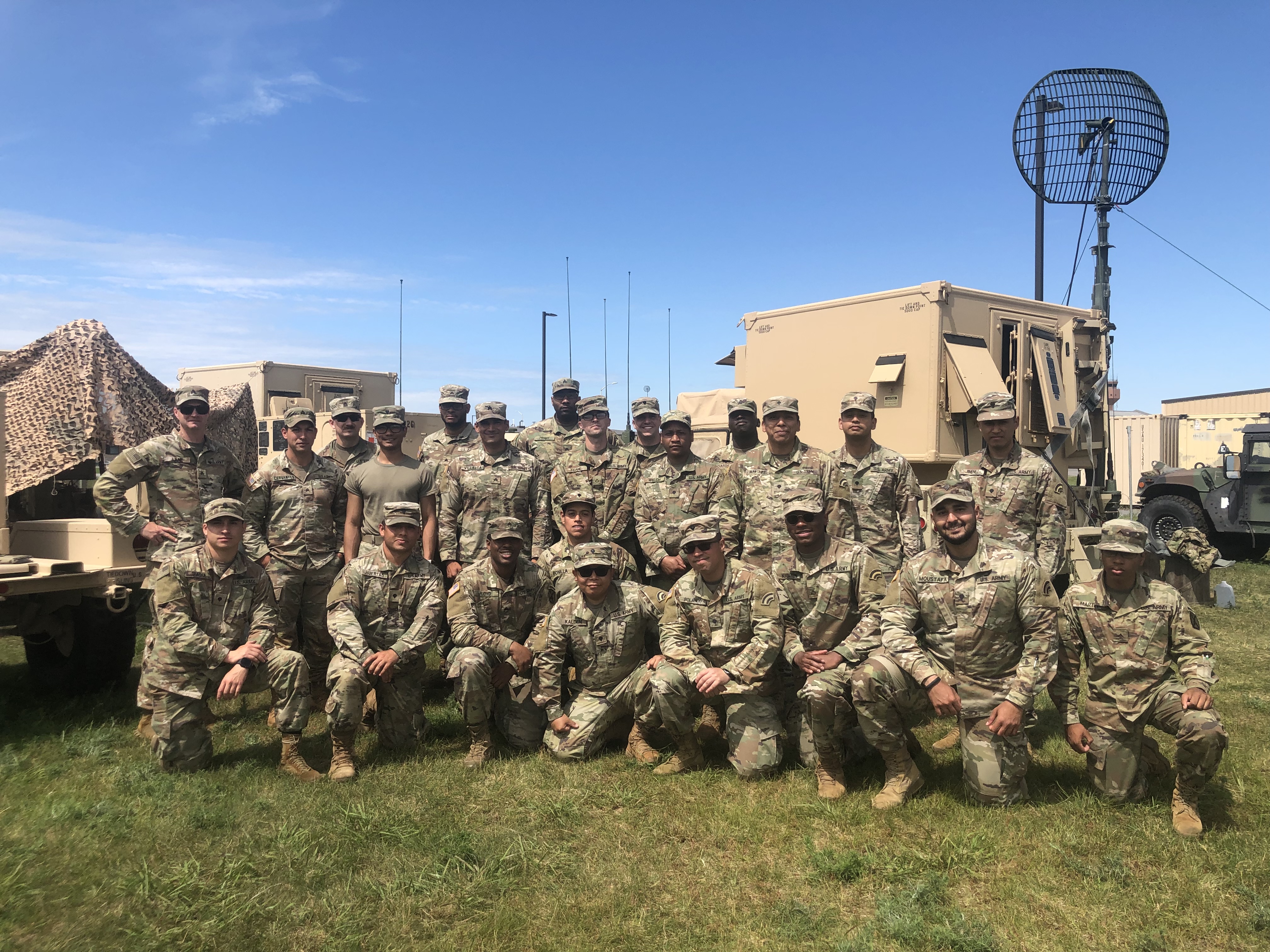
I became certified as a Project Management Professional in 2022. This was a tremendous accomplishment to finish my military career. After running projects for many years I wish I had become certified sooner.
Jean Burgos PMP®

Is it really Project Management?
During my transition from the military I encounter a lot of opinions questioning whether or not service members are Project Managers or now. Although every organization’s idea of a project manager differs I like to think that service members in fact serve in a capacity similiar to project managers in the industry.
The Project Management Institute defines a project as “a temporary endeavor undertaken to create a unique project service or result.” Projects are temporary and close down on the completion of the work they were chartered to deliver.
As oppose to projects, operations are the ongoing execution of activities and they follow an organization’s procedures to produce the same result or a repetitive service. Operations are permanent in nature.
Projects have five phases that are initiaitng, planning, executing, monitoring and controling and closing. There are 10 knowledge areas and 49 process groups associated with each of these phases and they each feed into each other to server as a guiding framework.
Command Post Field Communications Infrastructure Project
Initiating Phase
1. Understand why the project was initiated
- The Command Post field communications infrastructure is critical for commanders to communicate with higher, lower and peer executives as well as internal and external rotary aviation staff in any environment. This infrastructure must be mobile, yet versitile to accomodate a variety of services and systems .
2. Define the key objectives of the project
- Install and deliver a network achitechture to provide secure voice, data and video capabilites.
Planning Phase
3. Outline the project statement of work
- Collect customer voice, data and video requirements to communicate with higher, lower and peer organizations for multiple functional areas and the required dates.
- Design, test, implement and support an architechture to meet customer requirements use existing capabilites
- Ensure that all IT functional teams are trainned and capable to install and operate the necessary equipment
- Generate installation design using customer’s feedback from multiple functional areas to provide installation guidace based on available capabilites
- Estimate and procure consumables for the proper installation of copper infrastructure
- Participate in planning meeting to coornitate with multiple sections to establish their intent and execution plan for deploying their systems for the organization and determine project acceptance criteria
- Conduct site survey with customer to ensure that satellite and communication assets have clearance to operate
- Request satellite and radio frequencies for testing and for the duration of the project
- Create and provide a Work Breakdown Schedule for the Network Operations, System Administration, Radio, COMSEC and Helpdesk sections
- Create a transportation plan for all equipment and personnel required for project
- Conduct a risk assessment, and communiate mitigation plan to all functional teams
- Meet with internal teams to discuss the WBS and execution details
Execution, Monitoring and Controlling Phase
- Monitor project execution and ensure every team has the necessary tools, personnel, and guidace ensuring that tasks are being completed within scope and in accordance to the WBS. Remain available and able to address any project issue to avoid delays.
- Conduct design and infrastructure testing of copper, fiber, radio and satellite of WAN and LAN to ensure capabilites are being delived as planned
- Update stakeholders in the project progress and solicit feedback to ensure that the project will meet expectations
- Establish a help desk before customer’s arrival to ensure that every customer has the necessary support to have access to knowledge management and special systems
“Soft Closing” (Not a real term, but more of an additional requirement based on military structure)
- Obtain projet acceptance from stakeholders before moving into the next phase
- Transfer project to operations to maintain 24 hours support and on call technicians for critical systems
- Conduct walkthroughts daily to ensure customers have access to the required capabilities
- Participate in meetings to discuss project and system status while addressing any necessary issues with executive teams
- Communicate with Network Operations, System Administration, Radio, COMSEC and Helpdesk sections on plan to establish and communicate a plan to recover the deployed infrastructure
- Execute site break down plan safely ensuring that nobody is hurt or equipment damaged.
Closing Phase
- Collect feedback and lessons learned from stakeholders and the Network Operations, System Administration, Radio, COMSEC and Helpdesk sections to use gathered knowledge in future projects
4. Identify major deliverables
Install and test copper infrastructure according to network design Establish satellite transport Establish radio transport Establish communications node with voice and date LAN and WAN Ensure customer devices have network connectivity and access to digital resources Enterprise help desk and network operations take over
5. Select key milestones
Physical network infrastructure installed and tested Network transport established Stakeholders have access to digital resources Establish enterprise help desk operations Breakdown and recover equipmet at the site Collect feed back
6. Identify major constraints
Limited transportation Limited personnal to establish systems providing 24 hours support Daily fuel operations to maintain power in austere remote locations A/C, generator and vehicle maintenace must be conducted Limited spare parts Limited bandwidth requires traffic shapping based on customer’s needs Budget is limited and must operate with equipment on hand
7. List scope exclusions
Additional budget is not approved Additional time- projects must be ready by the required time, and must remain up during the set duration.
8. Obtain sign-off
Sign off is done by the commanding officer or appointed executive officer
Through the life of these projects there is no doubt that we visit the 10 knowledge areas of project management.
| Project Integration Management | Project Scope Management | Project Schedule Management |
| Project Cost Management | Project Quality Management | Project Resource Management |
| Project Communications Management | Project Risk Management | Project Procurement Management |
| Project Stakeholder Management |
These type of projects require coordinations with multiple functional areas within the organization as well as externally to subordinate, and higher (vertical) and peer (horizontal) organizations. Command Post Field Communications Infrastructure Projects are executed four to five times a year to support organizatinals tactical and strategic goals. These projects can be done locally, or deployed to remote locations statewide or overseas in a similar approach.



Manifesto for Agile Software Development
We are uncovering better ways of developing software by doing it and helping others do it. Through this work we have come to value:
Individuals and interactions over processes and tools Working software over comprehensive documentation Customer collaboration over contract negotiation Responding to change over following a plan
That is, while there is value in the items on the right, we value the items on the left more.
Agile and Military Projects
Much like in the Agile Manifesto projects in the military are doing in a very dynamic manner. Individuals and interactions over processes and tools It is critical for IT Project Managers not only know they organization they work for but it is even more important to dedicate time to learn how we can make their jobs easier regardless of the environment.
Working software (Product) over comprehensive documentation Standard Operating Procedures (SOP) are necessary to improve efficiency. However, we can never believe that any SOP is the end all to any project. Customer/ Stakeholders/ Users don’t care how you make it work, as long as it works. They also don’t care why the system is down, they just needed working. Understanding what work cannot be done because the systems we provide are not operational has helped me identify alternate solutions to the main problems we may have faced.
Customer collaboration over contract negotiation As mentioned above taking the time to learn what is important to Customer/ Stakeholders/ Users is parramount. I have many examples where customers did not know what their requirement were or how they wanted the end product to look like. Similar to software development, these type of solutions requires the Project Manager to provide ideas on paper and walk those ideas to a solution that meets and exceeds customer expectations. From ideas to reality.
Responding to change over following a plan Having a plan is required for project management, but this plan should not be as ridgid as to not allow for adapting to change towards a goal that meets the organization’s needs.
As you can see there are a lot of similarities between Agile Project Management and Military Project Management.